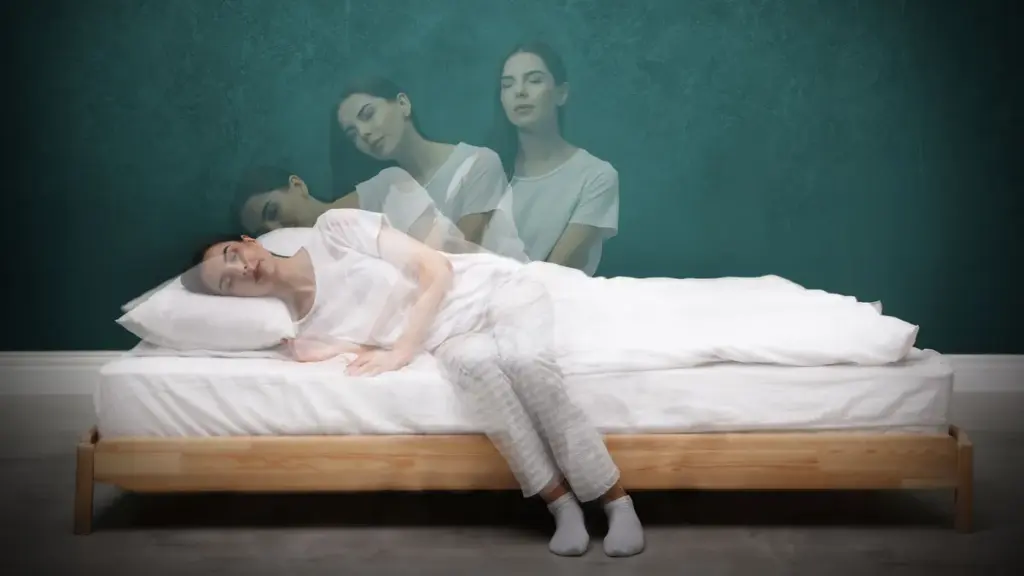
Sleep disorders
Sleepwalking – can you wake up those affected?
Updated 11/25/2025 – 09:58Reading time: 2 minutes

Sleepwalking is often harmless, but depending on the environment, it can also pose risks. Is it advisable to wake up those affected?
Sleepwalking, also known as somnambulism, is a disorder of waking up. A form of sleep disorder in which the sufferer sometimes performs complex actions while in a state between sleeping and waking. Episodes usually last a few minutes (rarely up to an hour or more) and usually occur in the first third of the night, often about 30 to 90 minutes after falling asleep.
Sleepwalking usually occurs in children between the ages of four and twelve years: about 15 percent of all children in this age group are affected, with boys and girls being equally likely to sleepwalk. As children get older, sleepwalking usually decreases. This phenomenon is less common in adults and affects about four percent of men and women.
Sleepwalkers can exhibit a variety of behaviors, where they typically have open eyes and a fixed facial expression. For example, without them realizing it, they can
Sleepwalkers usually have little reaction to being spoken to or touched. After waking up or the next morning, sufferers usually do not remember the incident.
There is a popular belief that you should not wake up a person who is sleepwalking. But is that true? No. It is true that sleepwalkers are often difficult to wake up. If an attempt is made to wake those affected, they often become frightened, do not know where they are, and react confusedly and sometimes aggressively. They may not recognize the person they are talking to at first.
However, if there is a risk that the sleepwalker could harm themselves, it is important to intervene – but with caution. It is best to avoid intimidating or restraining the person by force.
Rather than suddenly waking up a sleepwalker, it is better to do the following:
To avoid injury, relatives of the sleepwalker (or those affected by it) should take various precautions, for example:
Relaxation exercises such as autogenic exercises or progressive muscle relaxation can also have positive effects if done regularly.
Occasional sleepwalking is usually harmless and often gets better on its own, especially in children. However, if sleepwalking episodes occur frequently (especially if there is a risk of injury) and do not stop even after adulthood or only appear later, it is advisable to consult a doctor. The doctor can clarify whether sleepwalking is related to another disease and seek appropriate treatment.





